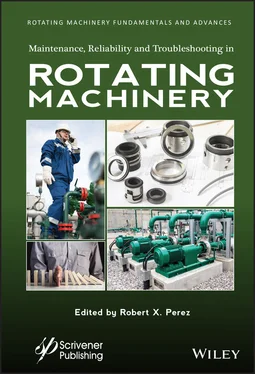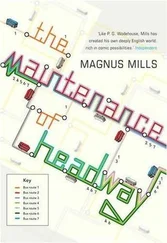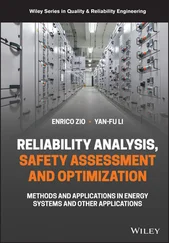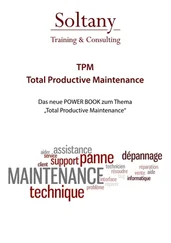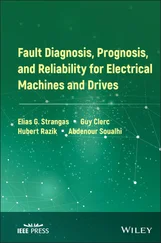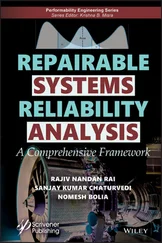An important role of a machinery reliability professional is to evaluate reliability performance of site machinery and provide clear feedback and recommendations to the owners to ensure process reliability goals are met ( Figure 1.1). My aim here is to give the reader a sense of how machinery reliability professionals approach the assessment of site assets. By briefly covering the key machinery factors used in my evaluations, I hope to shine a light on the evaluation process. My process requires that each machine’s criticality, history, and current site safeguards be carefully reviewed and evaluated. Only when this process has been completed can a machinery reliability engineer provide useful feedback that will hopefully have a positive impact on the site’s overall reliability.
The first step in a machinery assessment is to determine how the machine fits into the process, i.e., 1) What is the machine’s function? 2) Is it unspared or spared? 3) If multiple machines are installed, then you must ask: Is there any standby capacity? A typical equipment description may look like this: A 2500 hp, multistage centrifugal hydrogen recycle compressor is unspared. If the compressor goes down unexpectedly, then there will be an immediate upset of the process, leading quickly to a unit shutdown. During this step, it is vital that you understand key machinery details, such as:
Are you dealing with a dynamic, i.e., centrifugal, machine or a positive displacement machine?
What are the types of bearings being used? Are the bearings fluid film bearings or rolling element bearings? How is lubrication delivered? Do the bearings require an external lubrication system?
What are the types of seals being used?
Is the train variable speed?
How is the flow controlled?
What are the current machinery alarms and trips and is condition monitoring equipment installed?
A thorough understanding of the machinery’s construction and performance is required to conduct an in-depth reliability assessment.
Next, we need to ask, if the machine goes down or fails catastrophically, what are the consequences? A consequence is an undesirable effect related to a machine’s failure or unavailability. Consequences fall into four basic categories: economic consequences related to process losses, environmental consequences, safety consequences, and economic consequences of machinery damage.
Table 1.1lists typical economic consequences related to machinery operating in high-value processes. For example, a brief outage of one of several installed machines represents a low consequence event. However, if the same unit is down for several weeks, a significant economic loss could be experienced if production had to be curtailed for an extended time. The highest economic consequence is related to an extended outage of a single, spared machine. There is therefore a wide range of economic consequences related to process machinery. The goal of a machinery reliability engineer is to dole out plant resources so that extremely high and high consequence events are rarely seen.
Table 1.1 Economic consequence ratings of process losses related to machinery in high-value processes.
| Equipment arrangement |
Brief outage of one machine (<24 hours) |
Multiday outage of one machine (<1 week) |
Extended outage of one machine (>>1 week) |
| Single, unspared machine |
Medium Consequence |
HighConsequence |
Extremely HighConsequence |
| Multiple partial capacity machines (no standby capacity) |
Low Consequence |
Medium Consequence |
HighConsequence |
| Multiple machines with one or more standby spares |
Extremely Low Consequence |
Low Consequence |
Medium Consequence |
A common question is: What is the difference between consequence and risk? Machinery professionals generally define risk as probability x consequence or rate of occurrence (l) x consequence , i.e., Risk = P x C or λ x C. For example, if the consequence of an event is $1,000,000 and the event occurs once every 5 years, then the economic risk is $1,000,000 x 0.2 = $200,000 per year. When quantifying machinery risk, we normally use “rate of Occurrence (λ)” because machine failures can easily be tallied and converted into a failure rate. When it comes to rare failure events, we might have to review industry wide data or talk to equipment manufacturers to obtain realistic values. Using “rate of occurrence” risk equations for risk, we can see that to reduce a machine’s risk level we must either, 1) reduce the frequency of occurrence for high consequence events, or 2) reduce the impact of high consequence events through the use of safeguards.
In addition to economic consequences, there are also environmental and safety consequences. Here are definitions for high- and medium-level events in these two categories:
Environmental Consequences
High — A major product release caused by machinery failure that impacts the community.
Medium — A significant product released caused by a machinery failure.
High — A major release of a toxic or flammable material caused by a machinery failure that impacts the community.
Medium — A significant release of a toxic or flammable material caused by a machinery failure could harm plant personnel.
Finally, we must consider economic consequences of machinery damage. In general, we know that larger process machines are more expensive to repair if they fail catastrophically than smaller process machines. For this reason, it is common to rank the economic consequences related to catastrophic failure in terms of a machine’s rated horsepower. Perhaps, a machine rated below 200 hp can be considered to represent a low economic consequence if it fails catastrophically, a machine rated between 200 hp and 2000 hp can be considered to represent a medium economic consequence if it fails catastrophically, and a machine rated above 2000 hp can be considered to represent a high economic consequence if it fails catastrophically.
Consequences are additive, which means we can tally up all the various consequence to arrive at a cumulative consequence level. Let’s continue with the example compressor at the start of this section and list all the consequences:
A 2500 hp, multistage centrifugal hydrogen recycle compressor is unspared. If the compressor goes down, then there is an immediate upset of the process leading quickly to a unit shut down. There are three categories of consequences related to a failure:
Economic consequences related to process losses:
Multiday Outage (<1 week) = High Consequence
Extended Outage (>>1 week) = Extremely High Consequence
Safety consequences:
A significant release of a toxic or flammable material caused by a machinery failure could harm plant personnel = Medium Economic consequences of machinery damage
Table 1.2 Summary of potential failure consequences of interest.
| Type of consequence |
Low consequence |
Medium consequence |
High consequence |
Extremely high consequence |
| Process Loss |
|
|
X |
X |
| Environmental |
|
X |
|
|
| Safety |
|
|
|
|
| Machine Damage |
|
|
X |
|
Since the compressor is rated at over 2000 hp, the economic consequences of a catastrophic failure are high.
Читать дальше
